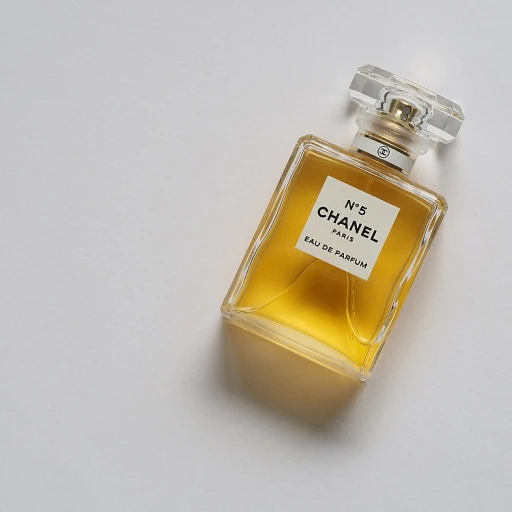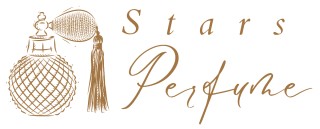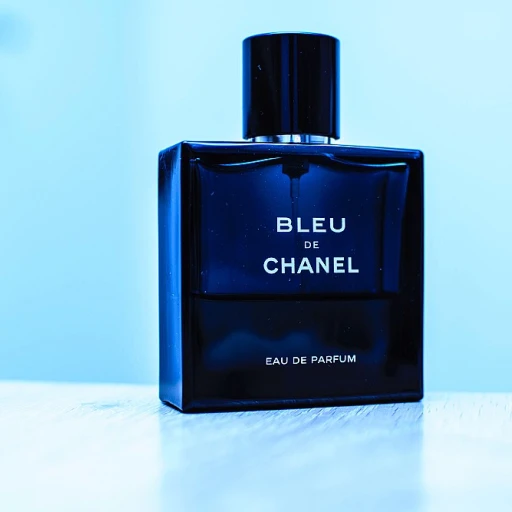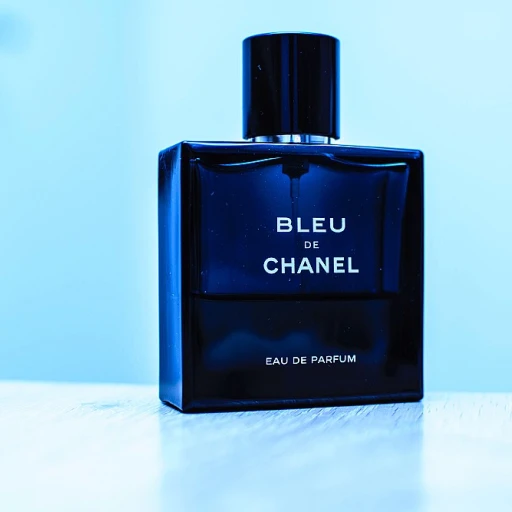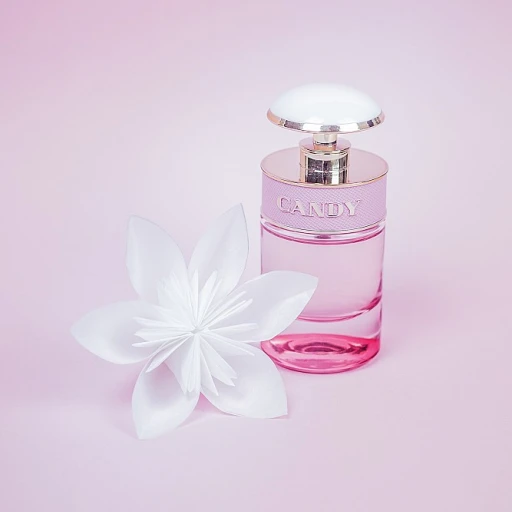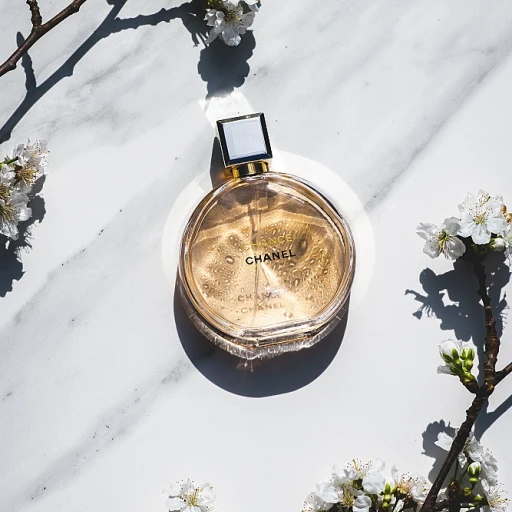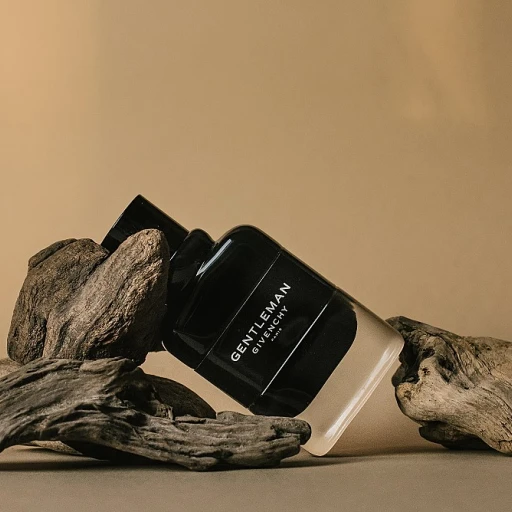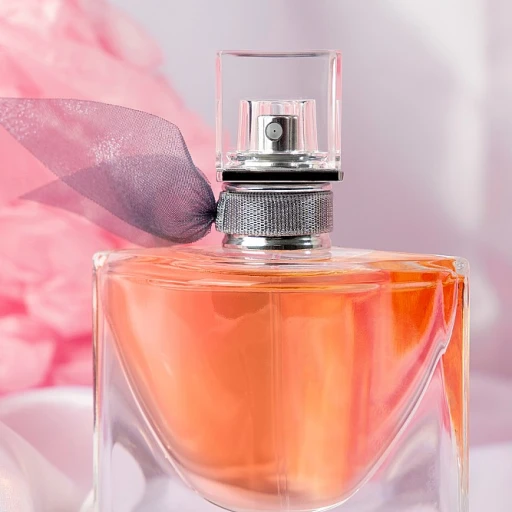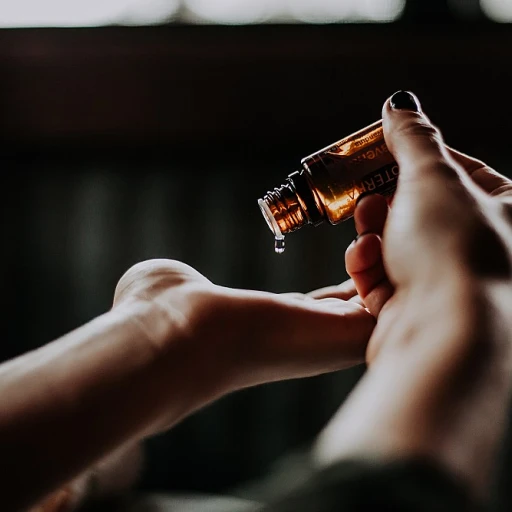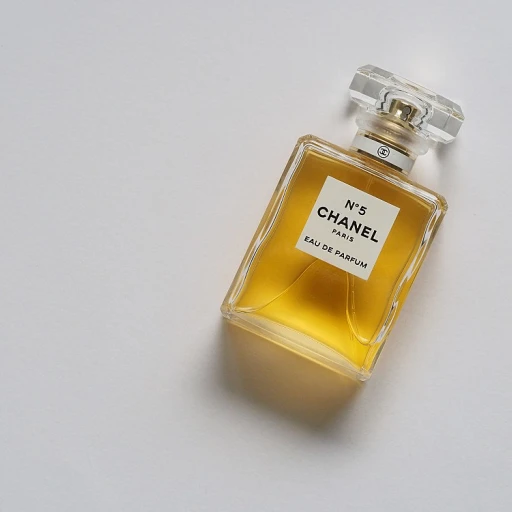Understanding Perfume Molecules
The Hidden Secrets of Scent Construction
In the fascinating realm of perfumery, molecules serve as the intricate building blocks that construct the mesmerizing scents we encounter. These molecules, whether natural or synthetic, create the symphony of aromas that define each unique fragrance. While natural extracts may evoke the rich, woody complexity of black tea, synthetic molecules can offer a crisp, fruity freshness or a floral fragrance. The creation of perfumes involves more than simply blending scents; it’s a detailed dance where each note must harmonize perfectly.
The exploration of molecules extends beyond their olfactory profile. It encompasses the varied ways in which molecules contribute to long-lasting scents and how they adapt to different fragrance families — from fruity floral to woody aromas. An understanding of these minute players in the perfume industry allows for greater appreciation of both classic eau de toilette and innovative molecular perfumes alike.
Perfumery enthusiasts will find it enlightening to delve into how isolated molecule fragrances or blended compositions, like those seen in escentric molecules, come to life. As experts continue to create and refine these molecular fragrances, we are gifted with captivating new scent experiences.
For those curious about how such intricate compositions come together, discovering the essence of these molecules can also reveal the allure of oud perfume oil, a key component in many fragrances loved by aficionados.
Learn more about oud perfume oil and its magic.
The perfume industry’s commitment to perfecting scent structures through both natural and synthetic raw materials highlights the innovation and artistry involved in crafting these elusive creations.
The Role of Molecules in Scent Profiles
The Essence of Molecular Complexity in Perfumes
In the intricate world of perfumery, identifying how different molecules shape the scent profiles is key to understanding the allure of perfumes. Each fragrance owes its olfactory signature to a symphony of natural and synthetic molecules, crafted to perfect both the top and base notes of each scent.
Take the woody accords found in fragrance oils or the delicate florals in floral perfumes. These nuances are created through combinations of natural and synthetic ingredients, working harmoniously to create multi-dimensional scent experiences. It is this blend of molecules that gives rise to the vibrant and free-spirited fruity or the fresh gentle essence found in a eau parfum or eau toilette bottle.
Iso super is an excellent example of a synthetic molecule that adds depth and volume without overpowering the fragance’s delicate balance. Similarly, perfumers might incorporate molecules found in nature, reminiscent of patchouli for a rich and earthy base.
In the era of contemporary perfumery, the ability to isolate and synthesize molecules has led to creations that were once limited by raw material availability. These innovations allow for creating specific fruity floral profiles that are long-lasting with a consistent aromatic presence throughout the day.
Molecules in perfumes not only shape the fragrance's primary character but also support the development of new fragrance families. Molecular perfumes like those in the escentric molecules line have pioneered this concept by focusing on isolating individual compounds that create singular sensory experiences. This modern inspiration continues to pave the way for unique, consistent, and memorable fragrances.
Synthetic vs. Natural Molecules
Decoding Synthetic with Natural Essence
The fragrance landscape offers a complex interplay between synthetic and natural molecules. Both play critical roles in perfumery, each contributing unique advantages. Natural molecules, extracted from diverse raw materials such as black tea or floral notes, bring an authenticity and richness that many fragrance enthusiasts adore. They deliver a multi-faceted scent that evolves intricately on the skin, often embodying the pure essence of the fragrance family they represent, be it woody, floral, or fruity.
In contrast, synthetic molecules like iso super or those in escentric molecules open an entirely different realm for perfumers. These lab-created marvels provide qualities that natural components sometimes cannot. Synthetic molecules often boast a long-lasting effect and can adhere to the skin, enhancing fragrance longevity—a feature highly prized in molecular perfumes and Eau de Toilette.
While some perfume aficionados might initially hesitate, preferring the allure of naturally derived scents, synthetic molecules have gained a solid standing in the industry. It's not merely about replication; these compounds can impart fresh, sweet, or even woody notes that are difficult to obtain from natural sources alone. Molecular perfumery pioneers this progression, embracing both natural and synthetic to craft what we commonly enjoy today as molecule fragrances.
Fragrance oils are also an interesting intersection of both worlds, blending essential oils with synthetic components to create well-rounded and enduring scent profiles.
Exploring escentric molecules offers a discovery set into how the art of blending synthetic with natural can yield scents that resonate across fragrance families, delighting noses with notes as diverse as fruity floral or family woody. Whether you are considering a travel spray of eau parfum or a full-sized perfume bottle, understanding this interplay enhances the scented odyssey that perfumes provide.
Molecules and Fragrance Longevity
The Longevity Factor in Fragrance Design
In the tantalizing realm of fragrances, the persistence of a scent is as crucial as its immediate impression. The duration a perfume lingers on the skin or in the air hinges significantly on the molecules that compose it. Whether it's the earthy presence of a family woody fragrance or a captivating fruity floral, the choice of molecules affects how long each note plays its symphony on the senses.
Molecular perfumes owe much of their longevity to the intricate structures of the molecules involved. Both natural and synthetic molecules contribute to this extended scent life. Synthetic molecules, such as iso super, have been meticulously crafted to increase the lasting power of a perfume. They achieve this by offering a stable connection in the fragrance composition, resisting rapid evaporation common in lighter notes.
Consider the raw materials utilized in creating a refreshing eau toilette or an elaborate eau parfum. Fragrance oils, especially those with a woody or floral base, interact with escentric molecules to form a long-lasting odor profile. Notably, molecular perfumery uses compounds that ensure the scent travel spray remains encapsulated for prolonged enjoyment.
Escentric molecules, celebrated for their contribution to scents that defy quick fadeouts, reflect the clever blend of science and artistry. This is evident in fragrances designed to touch upon both sweet and natural elements, providing a seamless transition from top notes to the deeper, more resonating base notes.
Perfume enthusiasts seeking long-lasting fragrances often explore discovery sets to sample and appreciate these molecular creations. As one delves into this esoteric world, understanding how fragrance families and scent profiles depend on molecular interaction enriches the overall experience of wearing a perfume.
The continuous evolution in perfumery also means novel synthetic molecules are introduced, providing endless possibilities for fragrances destined to last. Indeed, the journey of scent longevity is as fragrant as it is profound, offering a deeper appreciation for the science behind the art of perfumery.
Innovations in Perfume Chemistry
Advancements in Molecular Perfumery
In recent years, the field of perfumery has experienced significant advancements, particularly in molecular perfumery. This innovative branch focuses on crafting scents using both synthetic and natural molecules, pushing the boundaries of olfactory art. The development of unique fragrance families, such as woody and fruity floral, has been greatly influenced by these advances.
Molecular perfumes have become popular due to their long-lasting effects and unique scent profiles. They often employ synthetic molecules like iso super, which enhance the fragrance experience by blending seamlessly with natural raw materials. These compositions provide rich, complex odors, whether they are sweet, fresh, or floral.
Perfumers utilize fragrance oils and molecular perfumes to create scents that offer a distinct description and mood. Take, for instance, the utilization of black tea notes in escentric perfumes, which results in an intriguing combination of fresh and woody aromas. These carefully designed combinations cater to those who seek a sophisticated and refined fragrance experience.
Escentric molecules, known for their unique approach in creating molecular fragrances, have paved the way for new scent explorations. Their innovative techniques in producing fragrances have allowed for the creation of travel sprays and discovery sets, enabling enthusiasts to sample new scents from the comfort of their homes.
Molecular perfumery, with its blend of natural and synthetic elements, provides a wide array of options for creating perfumes with diverse notes. From eau de toilette to eau de parfum, the evolving science of molecular fragrances continues to shape the future of perfumery, uniting traditional techniques with cutting-edge chemistry in crafting unforgettable olfactory experiences.
The Future of Molecules in Perfume
Future Trends in Molecular Perfumery
The intricate dance of fragrance molecules offers a wealth of opportunities for innovation in perfumery. As we delve deeper into the chemistry of molecules, the future of perfume becomes even more exciting and nuanced.
One of the prominent directions is the development of molecular perfumes that emphasize long-lasting scent profiles. Thanks to synthetic molecules, perfumers can craft fragrances that maintain their potency throughout the day, whether it be the woody base notes of iso super or the fresh accords of fruity floral varieties. This ensures that a single application is sufficient, reducing the need for frequent reapplication and offering value for money.
In addition, the boundary between natural and synthetic is becoming more seamless. Advances in the creation of natural synthetic compounds allow for fragrances that are not only more cost-efficient but also environmentally conscious, conserving raw materials and reducing waste. Perfume enthusiasts who lean towards the purity of natural smells can now enjoy molecules that capture the essence of natural scents at a fraction of the environmental impact.
The evolution of fragrance discovery sets, such as the escentric molecules series, offers consumers a more engaging way to experience new scents. These sets allow for an exploration of different fragrance families, from the deep, dark essences of black tea to the light, sweet notes of a floral ensemble. As the push towards personalization becomes more pronounced, scent customization will likely emerge as a key trend, with individualized eau de parfum or eau de toilette options becoming more accessible.
Finally, as technology and knowledge in molecular chemistry advance, we expect continuous innovation in both the formulation and delivery of perfumes. This not only encompasses the scent itself but how it complements individual skin chemistry, enhancing the overall sensory experience for the user. The future of fragrance is poised to be an exhilarating blend of artistry and science, reshaping the landscape of modern perfumery.
